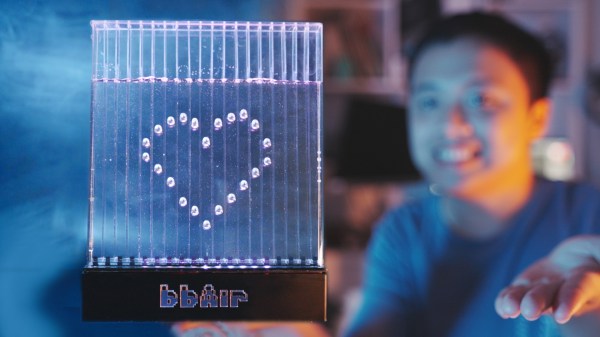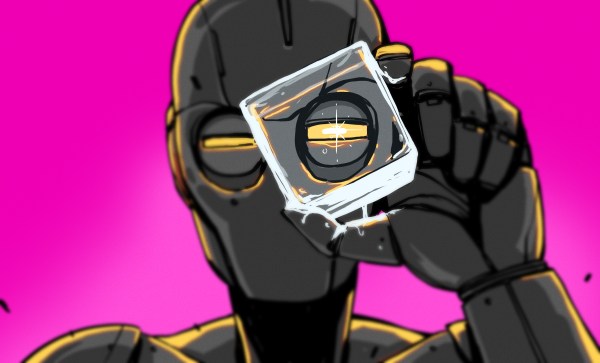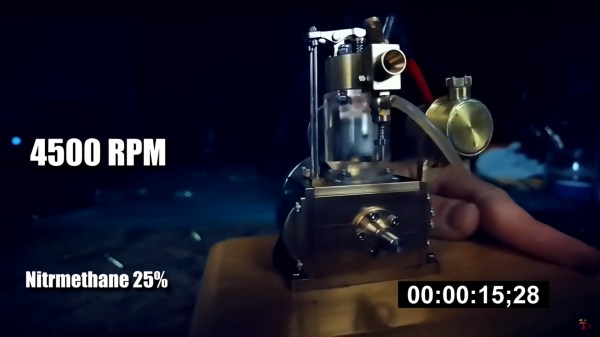We all have good intentions when starting a new project, but then again, we all know where those lead. Such is the case with [RealCorebb]’s BBAir project, a completely transparent air bubble display. Although the plan was to spend about three months on it, the months slowly added up to a full year of tinkering.
It all started when [RealCorebb] made a subscriber counter using Minecraft campfire smoke to display the digits. Someone suggested using air to implement the next iteration, and for [RealCorebb], it was challenge accepted. After considering a syringe for each channel, a separate pump, or one pump and many solenoids, [RealCorebb] settled on solenoids to push air, and designed a PCB to reduce the amount of wire spaghetti.
Once [RealCorebb] created an acrylic enclosure and wired everything up, it was time to test it out. Everything worked, except that air was leaking from somewhere, which turned out to be the way the solenoids were installed. Then, of course, it was time to don sunglasses and write the code. We still don’t know if [RealCorebb] settled on water, glycerine, or silicone oil, but the end result is quite nice, and we’re betting on glycerine. Be sure to check out the build video after the break, which has English subtitles.
Although we’ve seen our share of bubble displays before, we often discuss bubble LEDs displays like this one.


















